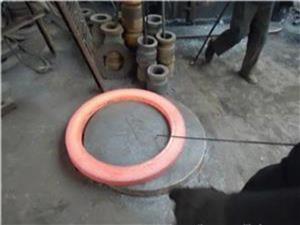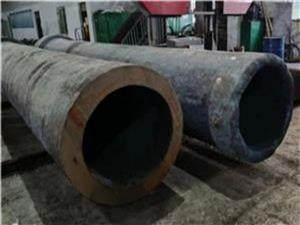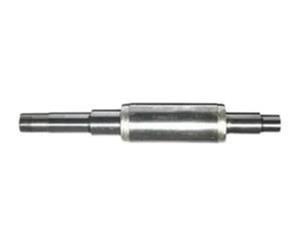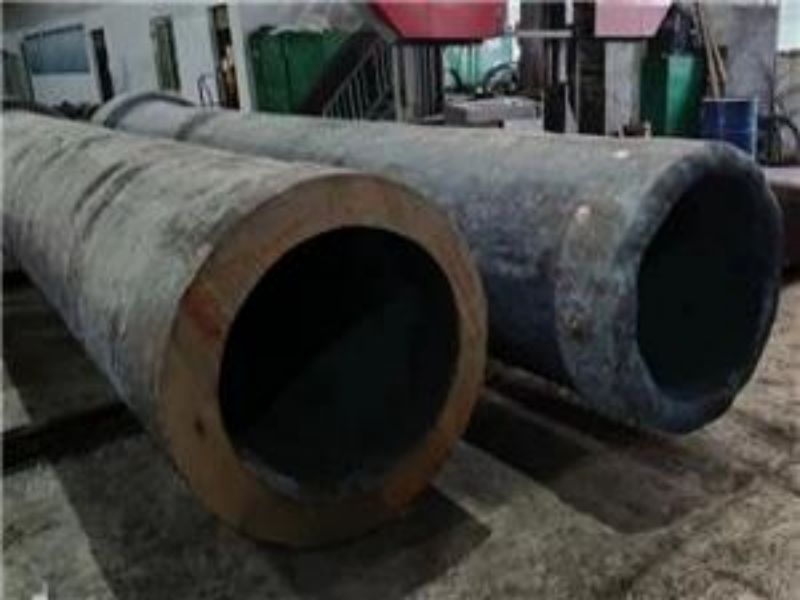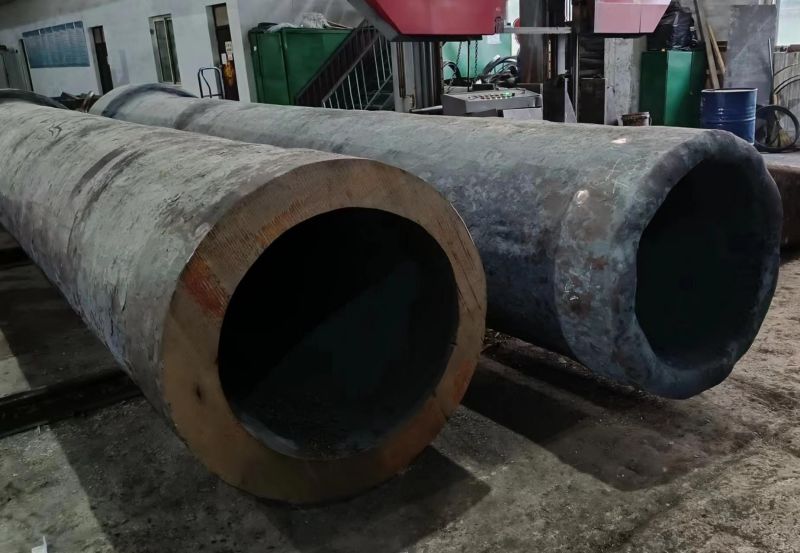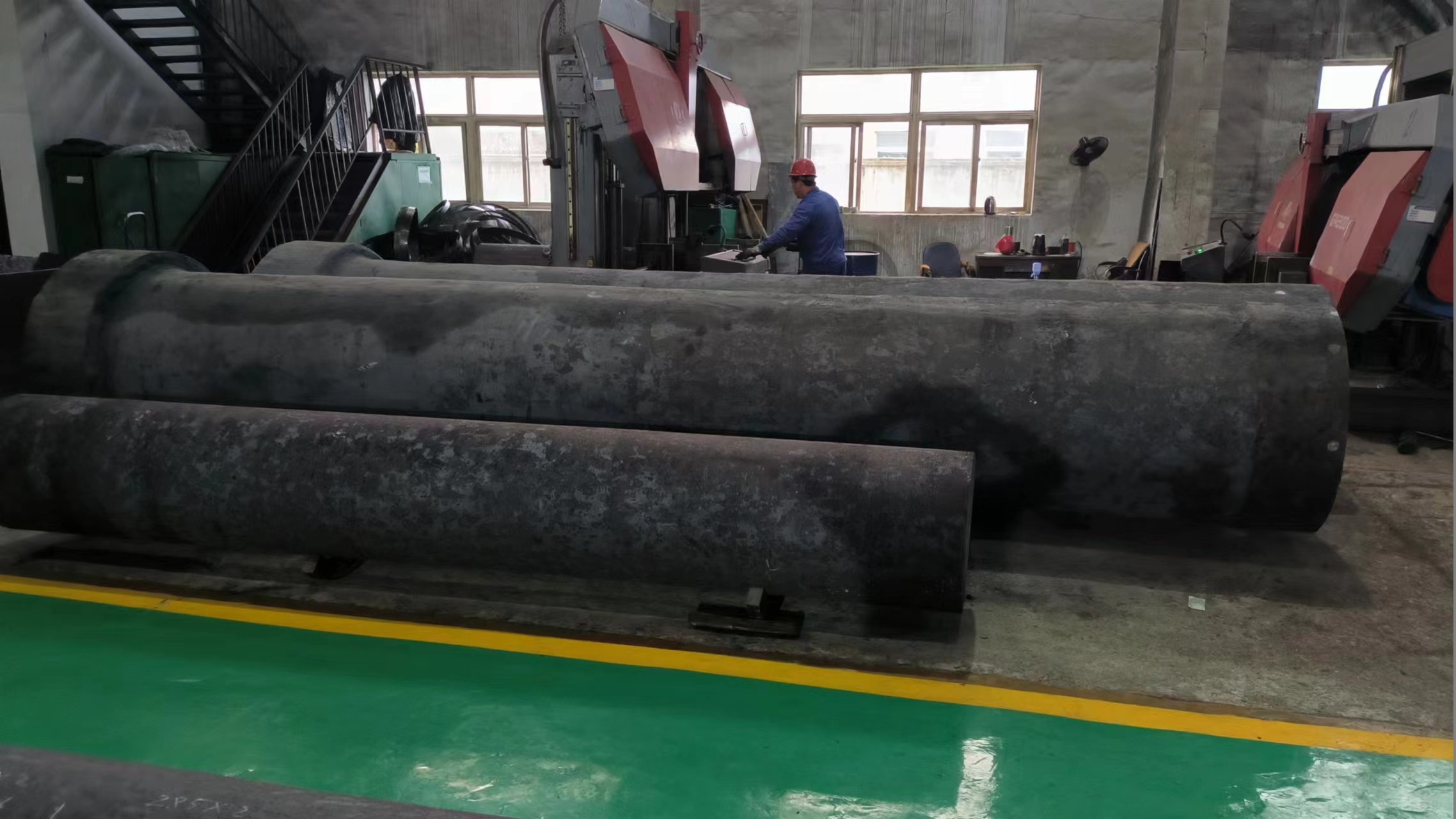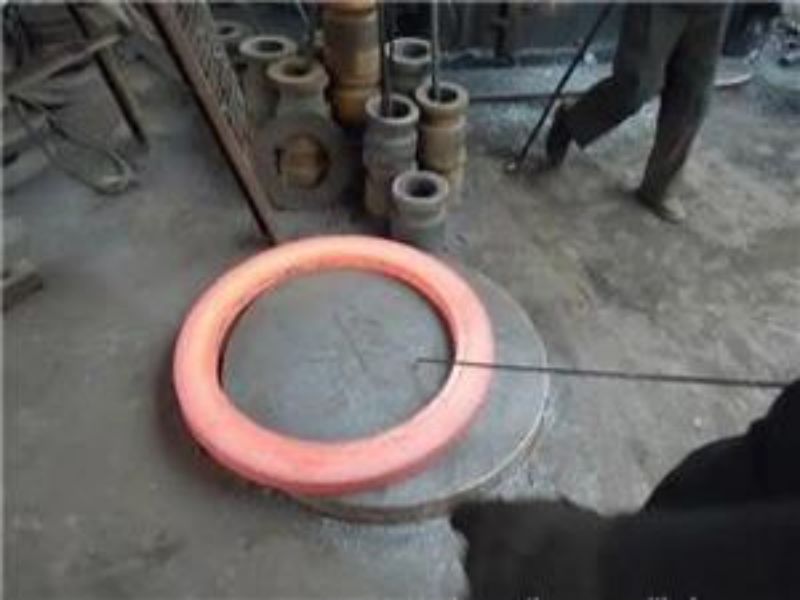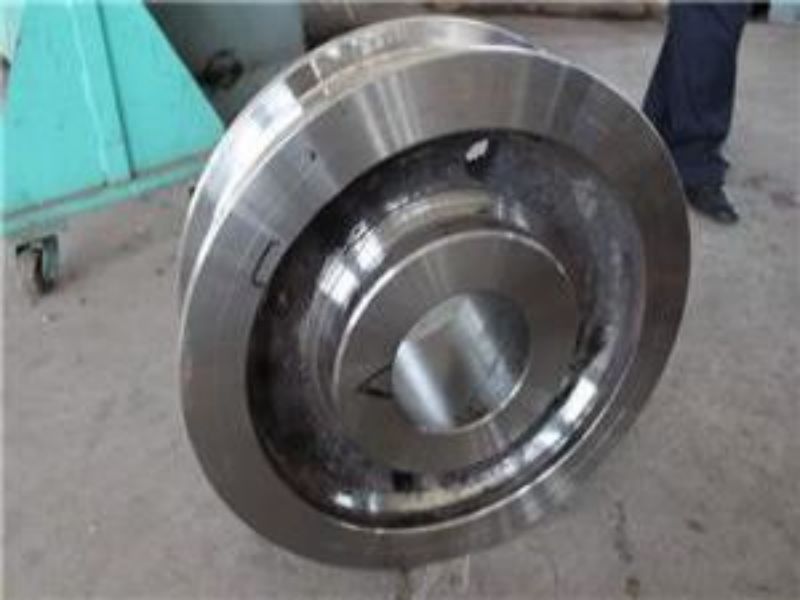
pipe mold
1. A pipe mold is a tool or mold used for the production of pipes and pipe fittings.
2. They are usually made of metallic materials, with a specific shape and size, and are used to inject molten raw materials into molded pipes or fittings during the manufacturing process.
3. Pipe dies can be customized according to the desired pipe diameter and shape for the production of various types of pipes and fittings, such as PVC pipes, cast iron pipes, ceramic pipes, etc.
4. Pipe mold is widely used in construction, water supply and drainage, petrochemical, agricultural irrigation and other fields.
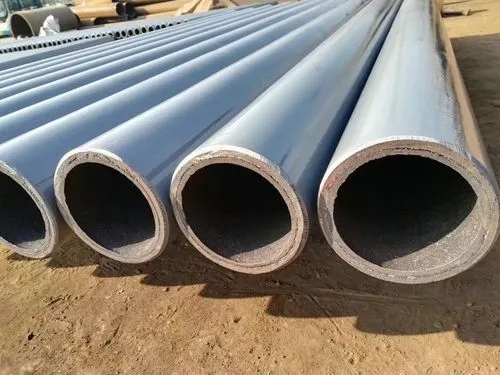
A pipe mold is a model that uses pipes or channels to transport fluids. Its characteristics are as follows:
Pipe structure: The pipe mold usually consists of a series of continuous pipes that simulate the pipe network in a real system. Parameters such as diameter, length and shape of the pipeline can be adjusted according to actual needs.
Fluid flow simulation: The tube mold can simulate the flow of fluid in the pipe, including the flow rate, flow rate, pressure, temperature and other fluid characteristics. By changing the structure of the pipeline and setting the appropriate control device, the flow state of the fluid can be adjusted.
Material conveying: Pipe molds can be used to simulate the conveying process of materials in pipelines, such as liquids, gases, particles, etc. According to different material properties and transportation requirements, the appropriate pipeline material and the inclined Angle of the design pipeline can be selected to ensure the smooth transportation of materials.
Monitoring and control: Tube molds are usually equipped with sensors and control devices to monitor and control the flow of fluids. Through real-time monitoring of fluid pressure, temperature and other parameters, and automatic adjustment according to the set control strategy, the precise control of fluid can be achieved.
Reusable: The tube mold can be used multiple times to simulate different fluid and flow conditions by changing pipes and adjusting control parameters. This makes the tube mold an important tool for studying fluid mechanics, process optimization and safety control.
In general, the tube mold has good controllability and repeatability, and can simulate the fluid flow process in the real system, and carry out effective monitoring and control. It is widely used in chemical, petroleum, energy, environment and other fields, and plays an important role in process optimization, safety control and fault diagnosis.


